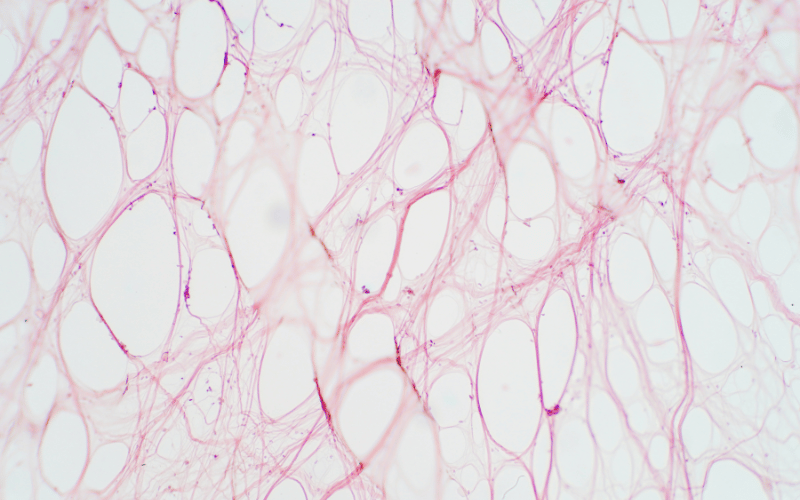Fact 2: The Core of EDS – Connective Tissues

Diving into the intricacies of Ehlers-Danlos syndromes, it’s impossible to overlook the role of connective tissues. These tissues serve as the bedrock of our body’s structural integrity. They’re intertwined with numerous bodily functions, influencing everything from our skin’s suppleness to our joint mobility.
For most, the term “connective tissue” might conjure images of tendons and ligaments binding muscles and bones. But its scope is more expansive. Connective tissues encompass a vast array of components, including bones, skin, cartilage, and even blood vessels. Their primary role? Ensuring the cohesion and functionality of body structures.
When EDS comes into the picture, these tissues face anomalies. They might become excessively elastic or fragile, leading to the myriad of symptoms associated with the syndromes. Take the skin, for instance. Individuals with certain EDS subtypes may exhibit incredibly stretchy skin, which, while seeming innocuous, can lead to easy bruising and scarring.
The connective tissue anomalies in EDS also manifest in joint hypermobility. This means joints that can extend beyond what’s deemed normal, leading to frequent dislocations, pain, and long-term complications. It’s not just about being “double-jointed”; it’s about facing daily challenges with tasks many take for granted. (2)